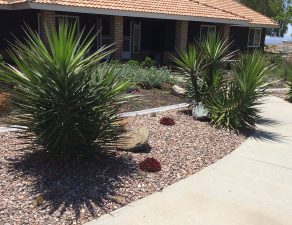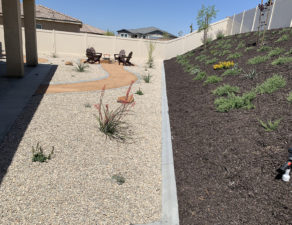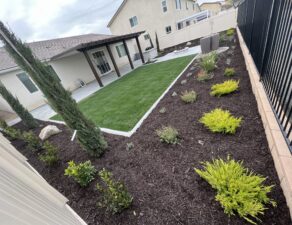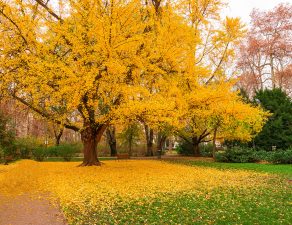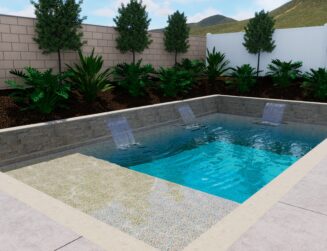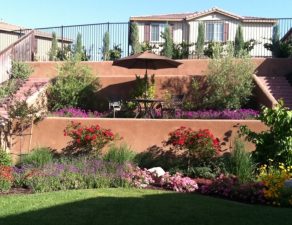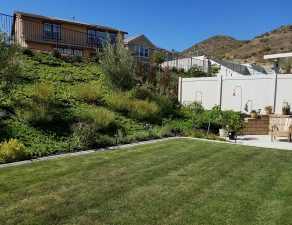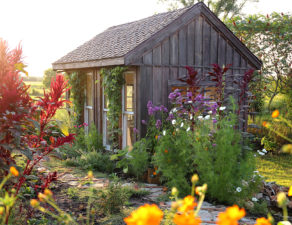
If you are thinking about making your yard more water-efficient, xeriscaping is a smart and sustainable choice. This landscaping method focuses on reducing water use without sacrificing beauty. Xeriscaping has become a popular solution for homeowners who want to conserve resources while still enjoying an attractive outdoor space, especially in dry regions like Southern California,
Here is what you can expect when switching to a drought-tolerant landscape, along with the many benefits this approach offers.
What Is Xeriscaping?
Xeriscaping is a landscaping method that uses drought-tolerant plants and efficient irrigation systems to reduce water use. Instead of relying on large lawns and thirsty plants, xeriscaping incorporates native vegetation, succulents, mulch, rocks, and other low-maintenance features. The result is a landscape that thrives with minimal water while still providing curb appeal and functionality.
Step One: Planning Your New Landscape
The first step in xeriscaping is to work with experienced professionals who understand your local climate and soil. Our landscaping contractors in Temecula are familiar with the needs of Southern California yards and can design a plan that fits your goals, property size, and style preferences.
During the planning stage, your contractor will:
- Assess your current yard layout
- Evaluate sun exposure, drainage, and soil conditions
- Recommend drought-tolerant landscaping options
- Suggest design features such as pathways, rock beds, or seating areas
Step Two: Removing Thirsty Features
Most xeriscaping projects begin by removing or reducing traditional lawns, which are among the most water-hungry elements in residential landscapes. Your landscaping team may also remove plants that are not suited to low-water environments. In their place, they will install mulch, rock, gravel, or other ground covers that help conserve soil moisture and reduce evaporation.
Step Three: Choosing the Right Plants
Xeriscaping does not mean giving up on greenery. You can still enjoy flowers, shrubs, and trees—all carefully selected for their ability to thrive in dry conditions. Common drought-tolerant landscaping plants in Southern California include:
- Lavender
- Agave and aloe
- Sage and rosemary
- Succulents of all shapes and colors
These plants not only require less water but also attract pollinators and support local biodiversity.
Step Four: Installing Efficient Irrigation
Even drought-tolerant plants need some water, especially while getting established. A good xeriscaping plan includes a drip irrigation system that delivers water directly to the roots. These systems use far less water than traditional sprinklers and are easier to control.
Smart irrigation timers and moisture sensors can also help prevent overwatering and keep your plants healthy.
Step Five: Enjoying the Benefits
Once your xeriscaped yard is in place, you will begin to notice the benefits right away. These include:
- Lower water bills
- Less time spent on maintenance
- Fewer weeds and pests
- A beautiful, unique yard that suits the local environment
Over time, your plants will mature and require even less care, giving you more freedom to enjoy your outdoor space without constant upkeep.
Work with Local Experts
Switching to xeriscaping is a worthwhile investment for your home and the environment. Whether you want to replace your entire yard or start with a small area, we can guide you through the process and help you choose the right drought-tolerant landscaping features.
Ready to transform your yard into a water-wise oasis? Give us a call to learn more about xeriscaping and how we can help you create a landscape that saves water and looks great year round.

